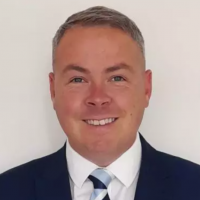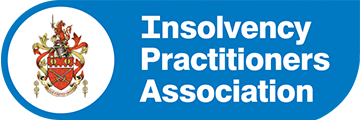If you live in Scotland and you’re unable to pay back unsecured personal debts worth in excess of £1,500 then you might be able to enter sequestration as a form of insolvency to help alleviate the worst of your financial worries.
Sequestration isn’t right for everyone but the process can work well as a debt solution in a variety of circumstances and it helps thousands of people around Scotland get back on their feet every year. Our advisers are here to provide the right debt advice you need to decide whether sequestration is suitable for your situation.
Sequestration laws in Scotland
Until 2008, it was often the case that a person in Scotland with high levels of unsecured debts, whether through credit cards, personal loans or store cards, would be unable to enter sequestration of their own accord. As a result, creditors would often leave people for long periods of time in the uncomfortable position of seeing their debts growing and becoming increasingly insurmountable day by day as interest fees and charges were steadily added to the equation.
The sequestration laws were changed though in 2008 to give people who are demonstrably insolvent a chance to enter sequestration as a means of seeing their debt problems resolved. So if you live in Scotland, you have not been sequestrated in the past 5 years and you owe more than £1,500 that you cannot pay back then you have the option of entering sequestration, without the need for creditor approval.
As part of the sequestration process, most of your unsecured debt will be written off, although depending on your income you may be required to pay a monthly contribution to your creditors. Any assets you own will be held by the Trustee and these will be used to repay creditors.














